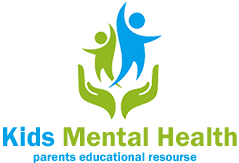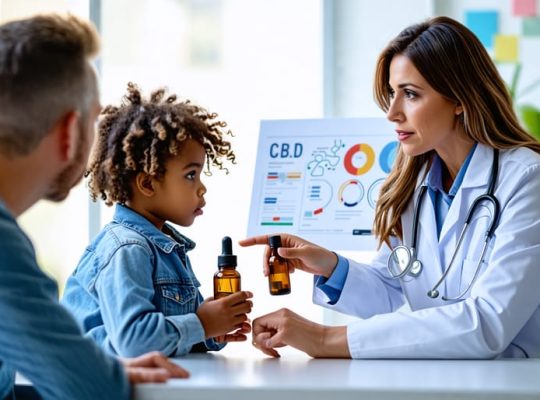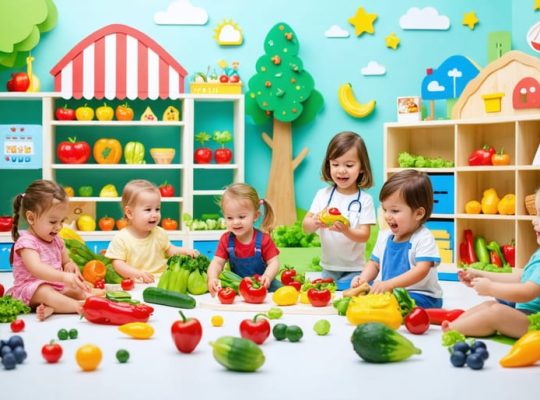Empowering young minds with substance abuse prevention education creates lasting protection against addiction and builds resilient communities. Research shows that children who receive comprehensive prevention education before age 12 are up to 50% less likely to develop substance use disorders later in life. By combining evidence-based strategies with compassionate support, we can equip the next generation with the knowledge and skills they need to make informed decisions about drugs and alcohol.
Prevention education works best when parents, educators, and healthcare providers work together to create a consistent message across all areas of a child’s life. This collaborative approach ensures that children receive age-appropriate information through trusted relationships, making the learning more meaningful and effective. Rather than using scare tactics or judgment, modern prevention programs focus on building self-esteem, critical thinking skills, and healthy coping mechanisms.
The key to successful substance abuse prevention lies in starting early, staying consistent, and addressing the whole child – their emotional wellbeing, social connections, and decision-making abilities. By understanding the science behind addiction and implementing proven educational strategies, we can help protect young people from the devastating impact of substance abuse while fostering their natural resilience and strength.
Why Early Prevention Matters
The Science Behind Early Intervention
Research consistently shows that the adolescent brain is particularly vulnerable to substance use, making early intervention crucial for prevention. During childhood and teenage years, the brain undergoes significant development, especially in areas responsible for decision-making, impulse control, and emotional regulation. When young people are exposed to substances during this critical period, it can have a lasting impact on mental health and cognitive development.
Studies from the National Institute on Drug Abuse reveal that children who receive prevention education before age 10 are significantly less likely to develop substance use disorders later in life. This is because early intervention helps build resilience and coping skills when the brain is most receptive to learning new behaviors.
Dr. Sarah Martinez, a child psychiatrist, explains: “When we teach children about substance abuse prevention early, we’re not just sharing information – we’re literally helping shape neural pathways that support healthy decision-making skills that will serve them throughout their lives.”
Early intervention programs also benefit from children’s natural curiosity and openness to learning, making it easier to establish positive habits and attitudes before exposure to peer pressure and other risk factors.
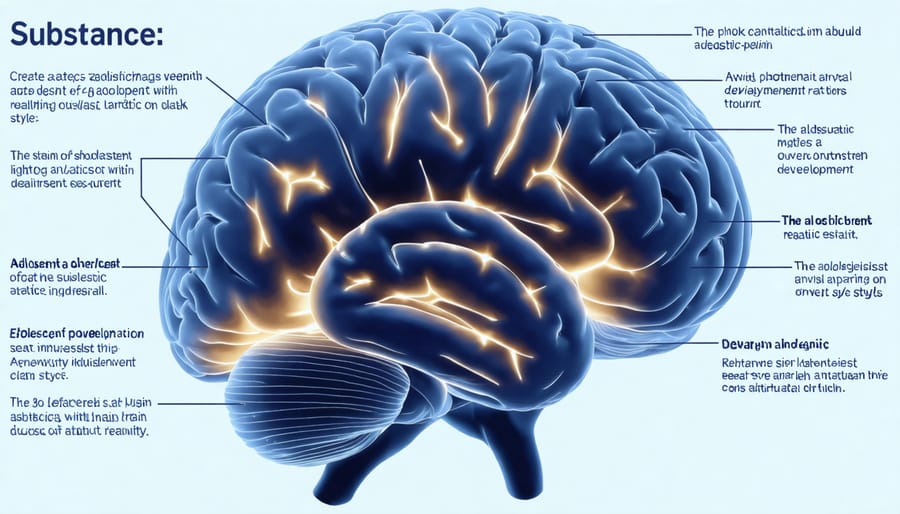
Risk Factors in Young Children
Early recognition of risk factors can significantly impact a child’s future relationship with substances. Children who experience trauma, witness substance use at home, or struggle with mental health challenges may be more vulnerable. Watch for signs like sudden changes in behavior, declining academic performance, or difficulty managing emotions.
Family dynamics play a crucial role. Children from homes where substances are readily available or where there’s limited parental supervision face increased risks. Similarly, peer relationships matter – even at young ages, children who associate with troubled peers may be more likely to engage in risky behaviors later.
Other warning signs include chronic stress, low self-esteem, and poor coping skills. Children who struggle to express their feelings or lack healthy stress management techniques might be more susceptible to substance use as they grow older.
Remember, identifying these risk factors isn’t about labeling children – it’s about understanding where they might need extra support and guidance. By recognizing these signs early, parents and caregivers can provide targeted intervention and build protective factors that strengthen resilience.
If you notice multiple risk factors, consider consulting with school counselors or child development specialists who can provide appropriate guidance and support.
Building Strong Prevention Frameworks
Age-Appropriate Education Strategies
Effective substance abuse prevention education requires tailoring the message and delivery method to each developmental stage. Research shows that implementing proven prevention strategies that match a child’s age and understanding leads to better outcomes.
For elementary school children (ages 5-10), focus on building healthy habits and decision-making skills through interactive activities and storytelling. Use simple, concrete examples to explain how certain substances can harm our bodies, while emphasizing the importance of taking care of our health.
Middle school students (ages 11-13) benefit from more detailed discussions about peer pressure and social influences. At this age, role-playing scenarios and group discussions help students practice refusal skills and build confidence in making independent choices. It’s crucial to provide accurate information while maintaining open, judgment-free dialogue.
High school teenagers (ages 14-18) respond well to fact-based education that respects their growing autonomy. Include real-life examples and statistics, but avoid scare tactics. Discussions should cover the immediate and long-term consequences of substance use, while also addressing mental health and stress management strategies.
Remember that prevention education isn’t a one-time conversation. Regular check-ins and ongoing discussions help reinforce these important messages. Adjust your approach based on each child’s maturity level and personal circumstances, and always maintain a supportive, understanding environment where young people feel safe asking questions and sharing concerns.
Family Involvement and Support
Parents and caregivers play a crucial role in preventing substance abuse among children and teenagers. Research consistently shows that the role of family environment significantly influences a child’s likelihood of engaging in substance use.
Open communication is key to effective prevention. Parents should create a safe space where children feel comfortable discussing their concerns, questions, and experiences without fear of judgment. Regular family discussions about the risks of substance use, peer pressure, and healthy coping mechanisms help build trust and understanding.
Setting clear boundaries and expectations around substance use is equally important. When parents establish and consistently enforce age-appropriate rules while explaining their reasoning, children are more likely to develop healthy decision-making skills.
Leading by example is perhaps the most powerful tool parents have. Children observe and often mirror their parents’ behaviors and attitudes toward substances. Demonstrating healthy stress management, responsible alcohol consumption (if applicable), and positive lifestyle choices can significantly impact children’s future choices.
Family involvement extends beyond the home. Parents should:
– Actively participate in school-based prevention programs
– Get to know their children’s friends and their families
– Monitor their children’s activities and social media use
– Encourage participation in healthy extracurricular activities
– Seek professional help when needed
Remember that prevention isn’t about perfect parenting but rather about maintaining consistent support, open dialogue, and a nurturing environment where children feel valued and understood.

Implementing Prevention at Home and School
Communication Techniques
Open, honest communication is the cornerstone of substance abuse prevention. When talking to children about drugs and alcohol, it’s essential to create a safe, judgment-free environment where they feel comfortable asking questions and sharing concerns.
Start conversations early and keep them age-appropriate. For younger children, focus on basic health and safety concepts, like taking medicine only from trusted adults. With older children, discuss specific substances and their effects on the body and mind.
Use everyday moments as natural conversation starters. News stories, TV shows, or situations in your community can provide opportunities to discuss substance abuse. Listen more than you speak, and validate their thoughts and feelings without criticism.
Avoid scare tactics, as they often backfire. Instead, focus on facts and real-life consequences. Share age-appropriate personal stories when relevant, and help children develop critical thinking skills to make informed decisions.
Role-playing can be an effective tool to help children practice refusing drugs or alcohol. Work together to develop responses to peer pressure and identify trusted adults they can turn to for help.
Remember to maintain ongoing dialogue rather than having a single “big talk.” Regular check-ins show children you’re available and interested in their well-being. Keep conversations positive, emphasizing healthy choices and the importance of self-care rather than focusing solely on dangers and risks.
Building Resilience Skills
Building resilience is like developing a protective shield that helps children make better choices when faced with challenging situations. Teaching young people effective coping mechanisms and decision-making skills is crucial in preventing substance abuse. When children learn healthy ways of dealing with peer pressure and emotional stress, they’re less likely to turn to substances as a coping mechanism.
Start by helping children identify and express their emotions appropriately. Encourage them to talk about their feelings and validate their experiences. Teaching simple stress-management techniques, like deep breathing exercises or mindfulness activities, gives them practical tools they can use when feeling overwhelmed.
Problem-solving skills are another essential component of resilience. Guide children through the process of identifying problems, considering different solutions, and evaluating potential outcomes. Role-playing scenarios can help them practice these skills in a safe environment.
It’s also important to help children develop a strong sense of self-worth and confidence. Celebrate their achievements, encourage their interests, and help them recognize their unique strengths. When children feel capable and valued, they’re more likely to make positive choices and resist negative influences.
Remember that building resilience is an ongoing process that requires patience and consistent support. Create opportunities for children to practice these skills in everyday situations, and always maintain open lines of communication.
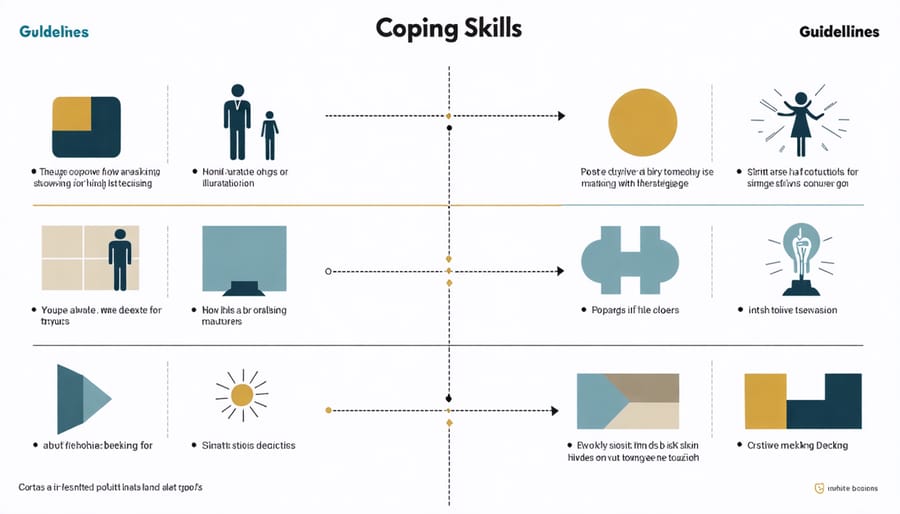
Creating Supportive Environments
Creating a supportive environment is crucial in preventing substance abuse among young people. Research shows that children who feel connected, valued, and supported are less likely to engage in risky behaviors, including substance use.
Start by establishing open communication channels at home and school. Create regular opportunities for meaningful conversations where children feel safe discussing their concerns, questions, and experiences without fear of judgment. Family dinner times, one-on-one activities, or designated check-in sessions can provide these valuable connection points.
Physical spaces should be structured to promote healthy activities and positive social interactions. This might include designing areas for sports, artistic expression, or quiet reflection. Remove or limit access to substances and ensure proper storage of prescription medications and alcohol in household settings.
Develop consistent routines and clear boundaries while maintaining flexibility to meet individual needs. Set age-appropriate expectations and consequences, always explaining the reasoning behind rules to help children understand their importance.
Build strong support networks by connecting with other families, schools, and community organizations. Encourage participation in supervised after-school activities, sports teams, or youth groups where children can develop positive relationships with peers and mentors.
Remember that creating a supportive environment isn’t just about physical safety – it’s about fostering emotional security and resilience. Celebrate achievements, validate feelings, and demonstrate unconditional support, even when children make mistakes. This foundation of trust and understanding becomes a powerful protective factor against substance abuse.
Measuring Success and Adjusting Approaches
Measuring the effectiveness of substance abuse prevention programs requires a thoughtful, systematic approach that goes beyond simply tracking participation numbers. Dr. Sarah Chen, a prevention specialist with 15 years of experience, suggests using both quantitative and qualitative methods to evaluate success.
Start by establishing clear, measurable objectives at the program’s outset. These might include reducing experimentation rates, improving knowledge about substance risks, or strengthening refusal skills. Regular surveys and assessments can help track progress toward these goals, while maintaining student privacy and creating a safe space for honest feedback.
Look for both immediate and long-term indicators of success. Short-term signs might include increased student engagement, improved knowledge retention, and positive behavioral changes. Long-term measures could involve tracking substance use rates, monitoring attitude changes, and assessing the development of healthy coping mechanisms.
“One often overlooked measure of success is the strength of community partnerships,” shares Michael Torres, a school counselor. “When families, schools, and community organizations work together effectively, we see much better outcomes.”
Remember that prevention programs may need adjustment based on evaluation results. If certain approaches aren’t resonating with students, be prepared to modify your strategies while maintaining core prevention principles. This might mean incorporating more interactive activities, updating content to reflect current trends, or adjusting delivery methods to better suit your audience’s needs.
Document both successes and challenges throughout the program. This information becomes invaluable for future planning and can help secure continued support and funding for prevention efforts.
Substance abuse prevention education is an ongoing journey that requires dedication, collaboration, and constant adaptation to meet the evolving challenges our youth face. By implementing comprehensive prevention programs early, fostering open communication, and building strong support networks, we can significantly reduce the risk of substance abuse in our communities.
Remember that every child deserves the opportunity to grow up in a safe, nurturing environment where they can make informed decisions about their health and future. As parents, educators, and healthcare professionals, our role extends beyond simply sharing information – we must act as positive role models and create supportive spaces where children feel comfortable discussing their concerns.
Success in prevention efforts comes through consistency and teamwork. Whether it’s incorporating evidence-based programs in schools, maintaining open dialogue at home, or connecting with community resources, every step we take makes a difference. Let’s continue working together to empower our youth with the knowledge, skills, and support they need to make healthy choices and build resilient futures.
By staying informed, remaining committed, and supporting one another, we can create lasting positive change in substance abuse prevention for generations to come.
